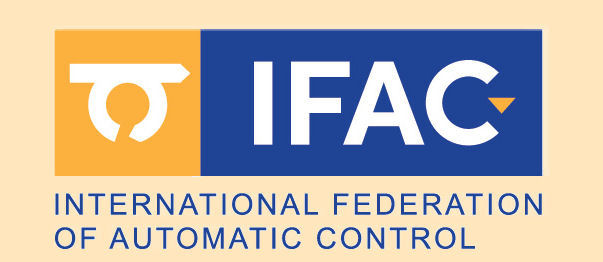| Paper ThuS1T3.2
GHEOUANY, Saad (ERERA, National School of Arts and Crafts, Mohammed V University), Ouadi, Hamid (Ismra), Giri, Fouad (University of Caen Normandie), EL BAKALI, Saida (ERERA, ENSAM, Mohammed V University, Rabat, Morocco), Jrhilifa, ismael (ERERA, National High School of Arts and Crafts, Mohammed V Unive)
Optimal Day Ahead Active and Reactive Power Management in Residential Buildings Using Particle Swarm Optimization
Scheduled for presentation during the Regular Session "Optimal energy scheduling for residential buildings" (ThuS1T3), Thursday, July 11, 2024,
09:20−09:40, Session room 3
12th IFAC Symposium on Control of Power & Energy Systems, July 10-12, 2024, Rabat, Morocco
This information is tentative and subject to change. Compiled on December 24, 2025
|


 This site is protected by copyright and trademark laws under US and International law.
This site is protected by copyright and trademark laws under US and International law.